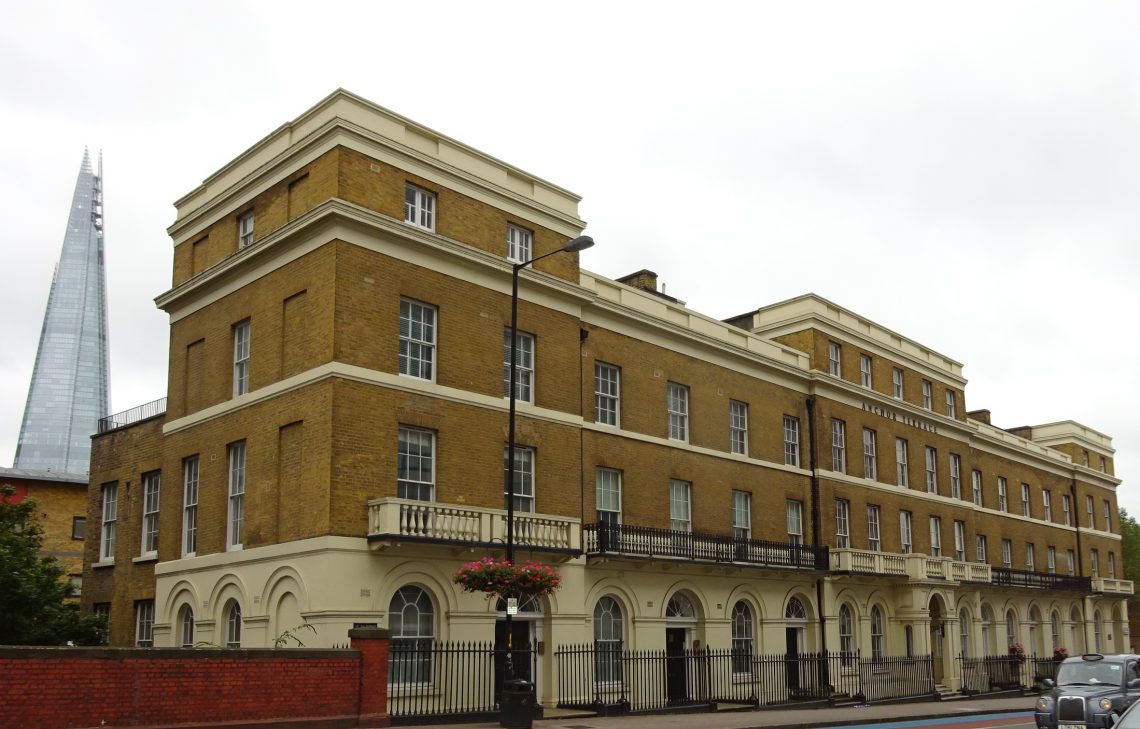Deciding to proceed with a Leasehold Extension can be daunting. We shall always help you.
Below are some of the common terms often used when discussing this subject.
Relevant Valuation Date
The valuation date for assessing the premium is not the date a surveyor’s report but the date that the landlord receives the Section 42 Notice.
The Legislation
The basis of value is found in Section 13 of the Act. The Act requires the following elements to be considered:
- The diminution of value in the landlord’s interest in the flat [reduction in value],
- The landlord’s share of the marriage value,
- Any other amount of compensation payable. [This is relevant if there is a headlease]
Calculating the diminution of value in the landlord’s interest:
This is the sum of the:
- The capitalised value of the rental income to be derived from the existing lease;
- And, the present value of the reversion in the flat before the lease extension Less
- The present value of the reversion in the flat after the lease extension.
The capitalisation of the ground rent income is the lump sum amount to be paid for rent income under the lease.
The present value of the reversion is: the freehold value of the flat discounted value over the life of the lease, subject to any risk to obtaining possession.
Marriage value is specifically defined as the difference between two amounts: The sum of the tenant’s, (the head landlord’s) and the freeholder’s interests, before and after the lease extension.
In effect, marriage value is any profit released from the grant of the lease extension. The landlord and tenant share this 50:50. The marriage value is to be ignored if the unexpired term on the lease is more than 80 years.
Relativity is the expressed as a percentage It is the difference in value between a short lease and an freehold. The higher the rate, the lower the premium , as there will be less marriage value. Our calculator works uses published graphs.
The calculator will provide you with an idea of the potential premium: no online calculator will give you the actual premium. This is where expert advice is essential.
Improvements Any increase in value of a flat due to an improvement carried out at the expense of the leaseholder should be disregarded.
There is a significant amount of case law on improvements.
Repair of worn out items would not qualify as improvements. Case law suggests that structural works are required such as structural works including the strengthening of kitchen units to facilitate the installation of granite worktops and the like. Simple replacement with a modern-day equivalent would be improvement.
Condition
It is necessary to assume that the tenant has complied with their obligations insofar as they are able to, to keep the flat in lease compliant condition. Any disrepair internally or externally due to the landlord is not ignored.
“The Non-Act World” and Other Matters
The valuer should also consider in short lease properties the risk of an assured tenancy at the end of a lease. If a tenant lives at the property and there is sufficient risk of a tenant remaining, it may be possible to reduce the value of the premium significantly.
Under the 1993 Act the valuer must assume that the value of the short lease is in the “no Act world”. This means that you have to assume you cannot buy the lease extension. As such, the existing lease value would be lower than in the market. Only an expert valuer will be able to assess this properly.
In Nailrile the relevant discount for the “benefit of the Act” was 7.5% for a 44-year lease.
In the market you can extend your lease because of the 1993 Act. Therefore, it is necessary to consider how much of a discount there needs to be to reflect this right.
Capitalisation Rate
This rate is used to calculate the multiplier to generate the value of the ground rent. There are Tribunal decisions ranging from 5% to 10%. This variance depends on the level of rent and the frequency and the amount of the review.
Deferment or Discount Rate
Since the Sportelli cases (2006-2008) this is generally a generic rate of 5% (nation-wide and property-wide). There are a few regional variations. An expert surveyor will know where these apply. The higher rate, the lower the premium.
Valuation of Premium
A report should produce a range of figures due to the wide range of factors influencing the premium.
That range include a quoting valuation and an expected settlement range.
Negotiation of a claim
As both the landlord and tenant are likely to quote their “best case” valuation, the negotiation of the premium to extend your lease is the most important element. A good negotiator can save or gain his client substantial sums of money.
Important Note on Associated Costs:
In the event that tenants exercise their right (serve a Section 42 Notice) under the Leasehold Reform Housing and Development Act 1993 (as amended), the tenants will be liable for the landlord’s reasonable costs in determining the premium payable (valuation costs) and those of the landlord’s solicitor in respect of dealing with the notice and in the event of the matter proceeding, the conveyancing costs. The tenant is liable for these whether or not the tenant proceeds (save as to the conveyancing costs).
In the event that the matter proceeds to a First-Tier Tribunal, both sides bear their own costs relating to the Hearing. As with the determination of the premium, the FtT can assess the legal and valuation costs.
Each party will also be responsible for their own costs during negotiations in most instances.
You can apply to the tribunal for the assessment of reasonable costs if these are disputed.
Enfranchisement – LBB Chartered Surveyors (thebrightclick.co.uk)







